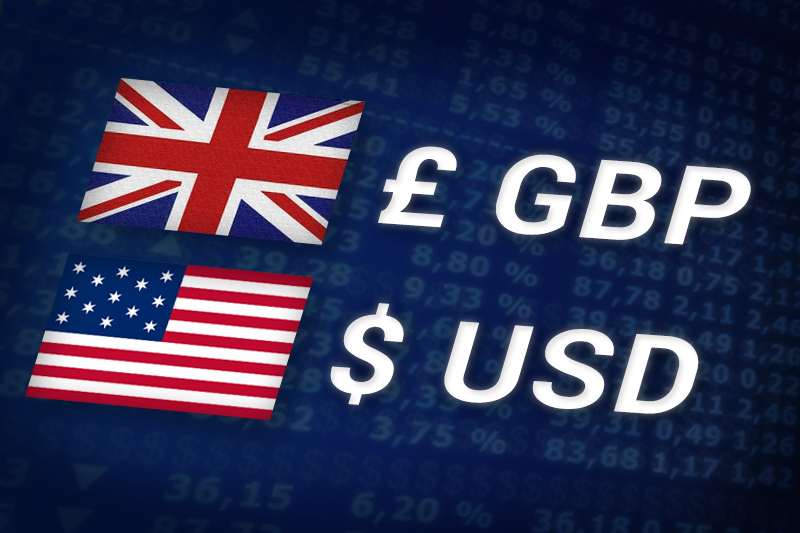Investing.com - The pound weakened against the dollar on Friday on reports Spain will seek financial assistance propping up its financial sector.
Weak wholesale factory price data in the U.S. pushed the pound down as well.
In U.S. trading on Friday, GBP/USD hit 1.5464, down 0.41%, up from a session low of 1.5404 and off from a high of 1.5538.
The pair was likely to find support at 1.5376 the low of June 6, and resistance at 1.5600, the high of June 7.
Spain is reportedly set ask its eurozone neighbors for financial assistance to help recapitalize its banks, which pushed the euro, the pound and other higher-yielding currencies down and the dollar up on Friday.
Reports that Spain will ask for a bailout came in wake of a Fitch Ratings move to slash Spanish debt down three notches to BBB from A, which sparked global demand for dollars amid safe-haven buying.
Somewhat muted comments from Federal Reserve Chairman Ben Bernanke also fueled dollar demand.
Bernanke appeared before Congress on Thursday and gave little indication if the U.S. economy required additional monetary stimulus.
"The Federal Reserve remains prepared to take action as needed to protect the U.S. economy in the event that financial stresses escalate," Bernanke told the Joint Economic Committee, which gave investors little guidance.
Under quantitative easing, the Fed buys bonds from banks, pumping them full of liquidity in a manner than pushes long-term interest rates down to encourage investment and hiring.
Under such a scenario, the dollar weakens.
U.K. producer prices in May fell 0.2 percent from April, the first decline since December, according to official data.
Market forecasts pegged producer prices climbing by 0.1%.
Earlier this week, the Bank of England held interest rates unchanged at 0.50% and made no major policy changes regarding stimulus measures.
The pound, meanwhile, was flat against the euro and down against the yen, with EUR/GBP trading at 0.8089 and GBP/JPY down 0.60% at 122.90.
Weak wholesale factory price data in the U.S. pushed the pound down as well.
In U.S. trading on Friday, GBP/USD hit 1.5464, down 0.41%, up from a session low of 1.5404 and off from a high of 1.5538.
The pair was likely to find support at 1.5376 the low of June 6, and resistance at 1.5600, the high of June 7.
Spain is reportedly set ask its eurozone neighbors for financial assistance to help recapitalize its banks, which pushed the euro, the pound and other higher-yielding currencies down and the dollar up on Friday.
Reports that Spain will ask for a bailout came in wake of a Fitch Ratings move to slash Spanish debt down three notches to BBB from A, which sparked global demand for dollars amid safe-haven buying.
Somewhat muted comments from Federal Reserve Chairman Ben Bernanke also fueled dollar demand.
Bernanke appeared before Congress on Thursday and gave little indication if the U.S. economy required additional monetary stimulus.
"The Federal Reserve remains prepared to take action as needed to protect the U.S. economy in the event that financial stresses escalate," Bernanke told the Joint Economic Committee, which gave investors little guidance.
Under quantitative easing, the Fed buys bonds from banks, pumping them full of liquidity in a manner than pushes long-term interest rates down to encourage investment and hiring.
Under such a scenario, the dollar weakens.
U.K. producer prices in May fell 0.2 percent from April, the first decline since December, according to official data.
Market forecasts pegged producer prices climbing by 0.1%.
Earlier this week, the Bank of England held interest rates unchanged at 0.50% and made no major policy changes regarding stimulus measures.
The pound, meanwhile, was flat against the euro and down against the yen, with EUR/GBP trading at 0.8089 and GBP/JPY down 0.60% at 122.90.
